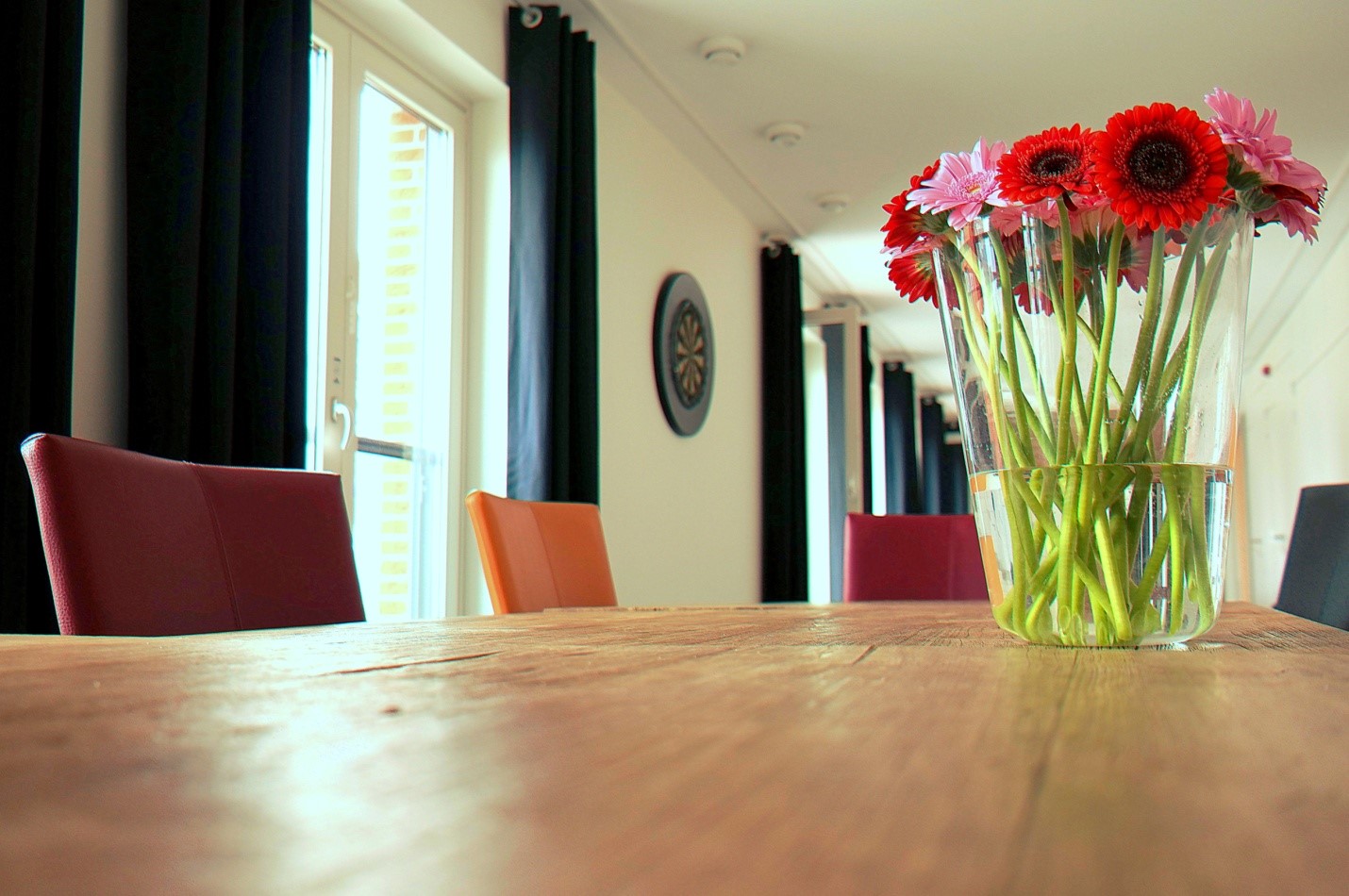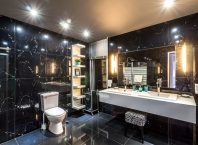Embedded within the heart of interior design lies a fundamental essence that guides the creation of visually captivating and functionally harmonious spaces. Like a symphony conductor unifying diverse instruments, interior designers orchestrate many elements to craft environments that seamlessly blend aesthetics and practicality. This exploration into interior design unveils the intricacies and interactions of these foundational components, shedding light on how they collaboratively shape your spaces.
As you journey through the nuances of interior design’s essential elements, the opportunity to delve deeper awaits. To learn more, consider joining an Interior Design course that will allow you to unravel the layers of creativity and functionality inherent in this captivating field.
Contents
Colour Palette
Colour emerges as one of interior design’s most compelling and influential elements. Just as musical notes compose melodies, colours harmonise to evoke emotions, establish tones, and cultivate moods within a space. Warm and inviting hues comforted occupants, while cooler tones infused tranquillity. The selection of a carefully curated colour palette mirrors the artistry of a composer choosing chords to evoke a particular emotional response, crafting an environment that resonates with occupants on a sensory level.
Texture and Touch
Texture operates as the tactile narrator in the story of interior design. From the plush softness of upholstery to the rugged ruggedness of exposed brick, textures create an engaging sensory experience. They beckon touch, elevating the depth and dimension of a design. The seamless interplay of textures within a space weaves a tapestry of tactile delight, transforming an environment into a haven that not only pleases the eye but engages the sense of touch.
Furniture Arrangement
The furniture arrangement within a space resembles a choreographed dance, where each piece uniquely shapes the room’s functional flow. Much like actors on a stage, furniture interacts to create an ensemble that exudes visual appeal and practical utility. Balancing proportions ensures a symphony of elements that harmonize without overwhelming or underwhelming the space, thus creating an inviting and balanced environment for inhabitants to navigate.
Lighting Ambiance
Lighting serves as the silent conductor of an interior’s ambiance. Comparable to the changing tones of a musical composition, lighting sources are meticulously chosen to set the emotional tone within a room. Ambient lighting casts a soft glow that envelops the space in warmth, while task lighting casts focused beams to illuminate specific areas. The manipulation of lighting can transmute a room’s atmosphere from vibrant and dynamic to tranquil, much like the metamorphosis of natural light throughout the day.
Spatial Layout
The layout of spaces within an interior is akin to a choreographer composing a ballet, defining how individuals move within the environment. Open layouts facilitate interaction and flow, while segmented spaces offer privacy and intimacy. A well-considered spatial layout considers the dynamics of movement, accessibility, and equilibrium, mirroring how a composer arranges musical notes into a symphony that resonates harmoniously.
Pattern and Print
Patterns and prints infuse life into the canvas of interior design, much like the cadence in a musical composition. These elements introduce depth and visual interest to a space, whether it’s intricate wallpapers, geometric tiles, or fabric motifs. Patterns function as a visual rhythm that guides the eye, creates focal points and introduces a playful dynamic that mirrors how melodies interweave within a musical arrangement.
Accessories and Accents
Accessories and accents provide the final embellishments that bring a design to life. Comparable to the poignant lines in a literary masterpiece, these elements inject personality, character, and a sense of individuality into an interior. Artworks, throw pillows, and decorative objects reflect the occupants’ tastes and stories, much like the anecdotes woven into a well-told tale.
Balance and Symmetry
Balance and symmetry emerge as the sculptors of harmony within interior design. Achieving equilibrium between elements imparts a sense of stability and order. Like the delicate balance in nature’s ecosystems, interior designers curate proportion, distribution, and arrangement to establish equilibrium that resonates visually and spatially, thus providing an aesthetically pleasing and well-ordered environment.
Functionality and Form
The interplay of functionality and form is the driving force behind interior design. An impeccably designed space loses its essence if it does not cater to practical needs. The seamless integration of aesthetics and usability parallels the synergy between melody and lyrics in a song, ensuring that an environment not only captivates the eye but also serves its intended purpose effectively.
Conclusion
Every element plays a vital role in the intricate tapestry of interior design, much like the notes in a musical masterpiece. The colour palette evokes emotions, textures engage the senses, and furniture arrangement guides proportions. Lighting transforms atmospheres, spatial layout navigates movement, and patterns infuse visual rhythms. Accessories provide the final flourish, while balance and symmetry sculpt harmony. Ultimately, functionality and form unite to create spaces that resonate with human expressions and stories.
As you embark on your interior design exploration, consider joining an Interior Design course to learn more. This opportunity opens doors to a world where theory and practice converge, empowering you to craft environments that not only please the eye but also enrich lives with comfort, aesthetics, and functionality. Just as a composer shapes melodies to touch hearts, interior designers orchestrate spaces to resonate with souls, leaving an indelible mark on the canvas of human experience.












